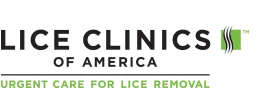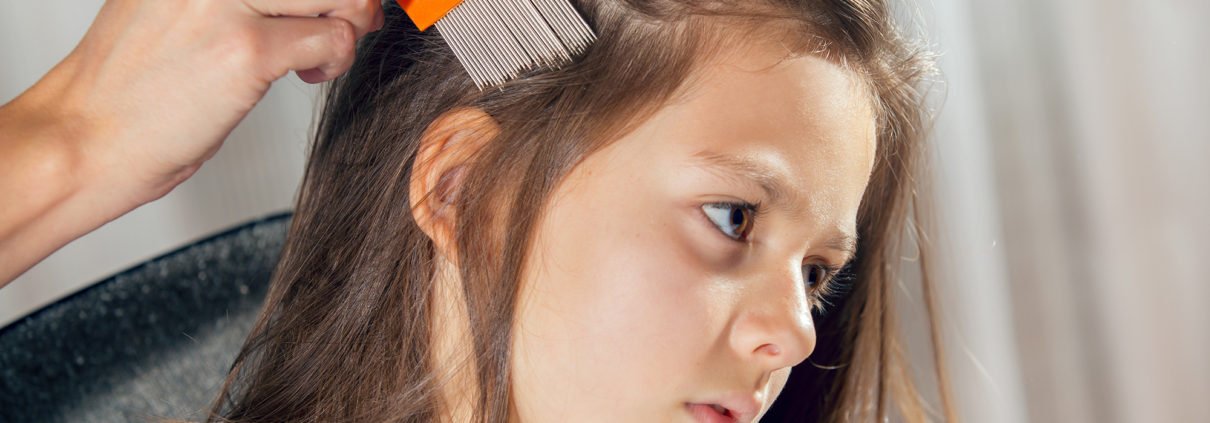Lice Outbreaks: When to Cry
With the number of infestations so high in school age children, between 6 and 12 million people this year alone, there is a good chance that you will have to come face to face with a lice outbreak at least once during your child’s school career. If you get notification from your child’s school that there is a lice outbreak, it is completely normal to be concerned, frustrated, overwhelmed, and (let’s be honest) a little grossed out. You may want to break down and cry right then, especially if you live in one of the 25 states dealing with super lice outbreaks. You are not alone. According to a study by the American Academy of Pediatrics, lice cause “a high level of anxiety among parents of school-aged children.” Don’t let lice make you cry. Here are some steps to take to keep lice from completely taking over your life when your child’s school is experiencing an outbreak.
- Find out if your child has a lice infestation.
While lice can spread easily and quickly in schools, an outbreak does not mean your child will definitely be affected. According to lice expert, Richard Pollack from Harvard School of Public Health, “It seems clear to me that the most frequently treated kids – and adults – don’t have lice in the first place.” So before you cry in frustration, find out whether or not your child has a lice infestation. The most common symptom of lice infestation is scratching. The itchiness associated with lice bites is the result of a reaction to the lice saliva. If your child is scratching their head, complaining of an itchy scalp, and their school has an outbreak, there’s a good chance you have a lice infestation on your hands.
However, it is possible to have a lice infestation without itching or excessive scratching, especially early on in the infestation. The fact that your child says their head isn’t itchy doesn’t mean they are not infested. The best way to confirm a diagnosis of lice is to find live lice on the scalp or nits on the hair. Unfortunately, this is not as easy as it may sound. Lice do not like the light and are very small. A fully-grown adult head louse is only 3mm in length, about the size of a sesame seed or three grains of salt. If you want to check for an infestation at home, the best places to look are behind the ears or at the nape of the neck. The warmth of these areas makes them likely locations to find nits.
According to the CDC, misdiagnosis of head lice is common. Rather than worry about whether or not your child has been infested during a school outbreak, why not find out for certain? At Lice Clinics of America-North Shore, we offer an easy, thorough screening to detect the presence of head lice. Our trained technicians know exactly what to look for and where to look to determine whether or not you are dealing with a lice infestation. If our technicians do find head lice, they will clearly outline the extent of the infestation and explain our different treatment options.
- If Your Child is Not Infested
If you have avoided being part of a lice outbreak, you are lucky and there is no reason to cry. Now is a great time to teach your child some basic habits that can help prevent the transmission of head lice. If your children wear hats to school, instruct them to put their hats in their backpacks before hanging them up on the coat rack. This creates an extra barrier between your child’s hats and the hats of other children who may have come in contact with head lice. Another great tip is to teach your children not to share or use anyone else’s combs or hairbrushes. It’s probably best to avoid any slumber parties during an outbreak as well.
- If Your Child Has a Lice Infestation
This is the part where most parents cry. The important thing to remember is that lice infestations may spread frustration and tears, but they have not been shown to spread disease. A lice infestation can happen to anyone and is treatable. Once you overcome the urge to cry, your initial inclination is probably to go online and search for lice treatment options. The first thing you will realize is that there is a lot of information and contradictory advice out there about lice. You can review the most common lice treatment options, their cost, and clinical trial results (if applicable) here.
While there are a variety of lice treatment options to choose from, the revolutionary AirAllé® used by Lice Clinics of America-North Shore is the only FDA-cleared medical device that has been shown to kill lice and 99.2% of their eggs in a single treatment session. Additionally, unlike traditional over-the-counter remedies, there is no evidence showing lice can become resistant to the AirAllé® treatment process.
If you have received notification of a lice outbreak, or even a super lice outbreak at your school, there is no reason to cry. Save your tears and your time because Lice Clinics of America-North Shore is here to help.



